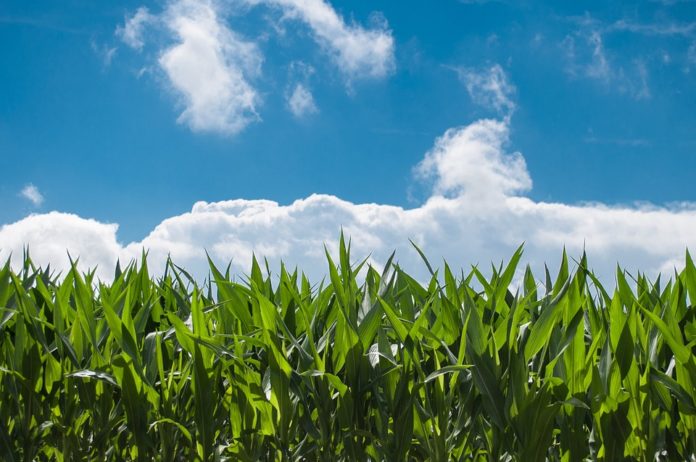NASA is going to install their new instrument called ECOSTRESS, or ECOsystem Spaceborne Thermal Radiometer Experiment on Space Station to measure the temperature of plants from space. This will enable researchers to determine plant water use and to study how drought conditions affect plant health.
Plants attract water from the dirt, and as they are warmed by the Sun, the water is discharged through pores on the plants’ leaves through a procedure called transpiration. This cools the plant off, much as perspiring does in people. In any case, if there isn’t sufficient water accessible to the plants, they close their pores to moderate water, making their temperatures rise.
Plants utilize those same pores to take up carbon dioxide from the air for photosynthesis – the procedure they use to transform carbon dioxide and water into the sugar they use as sustenance. On the off chance that they keep on experiencing lacking water accessibility, or “water stress,” they, in the long run, starve or overheat, and bite the dust.
Simon Hook, ECOSTRESS principal investigator at NASA’s Jet Propulsion Laboratory in Pasadena, California said, “When a plant is so stressed that it turns brown, it’s often too late for it to recover. But measuring the temperature of the plant lets you see that a plant is stressed before it reaches that point.”
ECOSTRESS information will demonstrate these changes in plants’ temperatures, giving insight into their health and water utilize while there is still time for water administrators to revise farming water imbalances.
Martha Anderson, an ECOSTRESS science team member with the U.S. Department of Agriculture in Beltsville, Maryland said, “ECOSTRESS will allow us to monitor rapid changes in crop stress at the field level, enabling earlier and more accurate estimates of how yields will be impacted. Even short-term moisture stress, if it occurs during a critical stage of crop growth, can significantly impact productivity.”
ECOSTRESS will hitch a ride to the space station on a NASA-contracted, SpaceX cargo resupply mission scheduled to launch from Cape Canaveral Air Force Station in Florida on June 29. Once it arrives, it will be robotically installed on the exterior of the station’s Japanese Experiment Module Exposed Facility Unit.
Over the next year, ECOSTRESS will use the space station’s unique low Earth orbit to collect data over multiple areas of land at different times of day. The instrument will produce detailed images of areas as small as 43 by 76 yards (40 by 70 meters) — about the size of a small farm — every three to five days.
Despite the fact that not some portion of its essential mission, ECOSTRESS temperature information will likewise be significant for different investigations that require temperature data, for example, identifying and describing volcanoes, out of control fires and warmth waves.
JPL built and manages the ECOSTRESS mission for NASA‘s Earth Science Division in the Science Mission Directorate at NASA Headquarters in Washington. ECOSTRESS is sponsored by NASA’s Earth System Science Pathfinder program, managed by NASA’s Langley Research Center in Hampton, Virginia.
